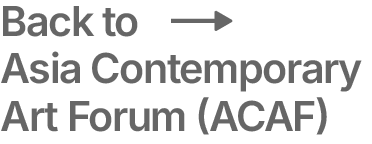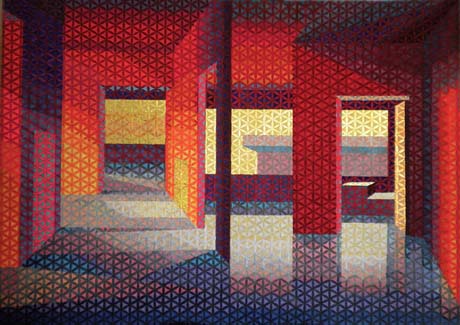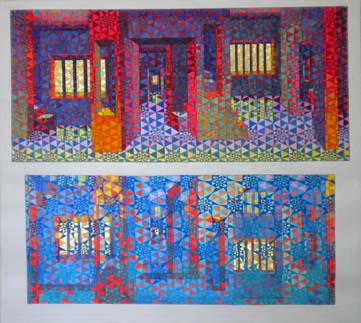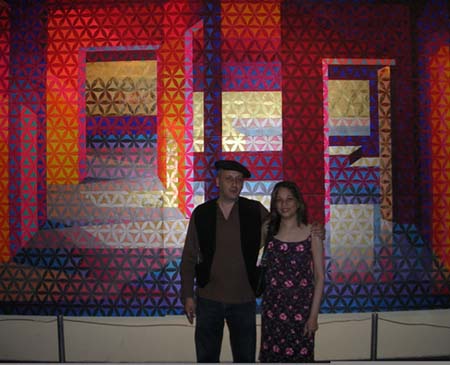Interview with Raazia Chandoo
1. How did you start making art?
I grew up in an environment in which there was limited access to Fine Art materials. At that time, I applied myself to learning some domestic arts such as needlework, knitting and crochet.
During my teens, I designed a stage set for a school play, made earrings from watermelon seeds, a bird cage from flowers, a puppet theater in a shoe box, painted and drew. Creating objects with any available materials became a voice.
2. Briefly describe your art from the perspective of what it could tell us about you?
I like to think that my art defies boundaries and belongs to no current trend. Tradition and modernity combine, as do image and pattern.
I return from yearly visits to Pakistan enriched by what I may have observed in my surroundings. The execution of the ideas is based on memories, more sensorial than concrete. Political thought is negated and festivity and joy amidst chaos is emphasized. Time consuming handmade work is fast disappearing from the planet; my work attempts to slow time and reinforce man’s ability vis a vis technology.
Two Rooms, mixed media on paper, 34″x47″ 2008
3. What experiences have most influenced your choice of subject matter, medium and style?
The work has evolved with time and new materials have been incorporated for its execution. I work primarily with water based mediums for their relative non-toxicity. This was necessary while raising children and working from home.
Exploring childhood memories and dreams came naturally while studying Jung in college. This influenced my current style: wandering, veil covered in a maze of self-discovery. Prismatic lighting makes this a transcendental experience.
4. Is your formal or informal training useful? How?
Formal training required discipline, commitment, vision and mastery of technique. Inspiration arises from informal training and the work is a result of the combination.
5. Does your work reflect issues in society and community? What would you say is the purpose of making art?
The work is an antithesis of the issues in today’s world. We are constantly bombarded with information about dark global events. If art is to remain an entity, it has to go beyond daily existence and contribute to new philosophy. It must rise above culture and creed and resonate within the human soul.
Maze With Reflection, mixed media on paper, 31″x34″ 2010
6. Do you appreciate culturally specific works of art? If so how does your cultural background show up in your work?
Geometric Islamic art and its glorification of infinite time and space has served as a recurring resource. The work is a form of meditation requiring repetition and concentration. Influences range from Pakistani Truck art for its use of vibrant colors and meditative processes, to the embellishment of costumes and environments with rural textiles for its dying tradition associated with Op and Pop art.
7. Is there anything you would like to say about your local art scene or the international art market, art education and or system for art exhibition?
There are contradictory opinions regarding what art ‘should be about’. Trends and art as investment play a large role in today’s art market. If a work of art is to be looked at as a philosophy, it must not be restricted to just a few.
8. How does your current portfolio fit into the rest of your body of work?
I limited myself to working with the geometry of the circle as part of a base to explore color. Executing a large scale work in this format suggested construction of some sort as part of the ongoing process. I have adapted the medium from mixed media on paper to mixed media on canvas. The work is showing some surprising results.
Untitled, mixed media on paper, 10’x13.5′, 2009





